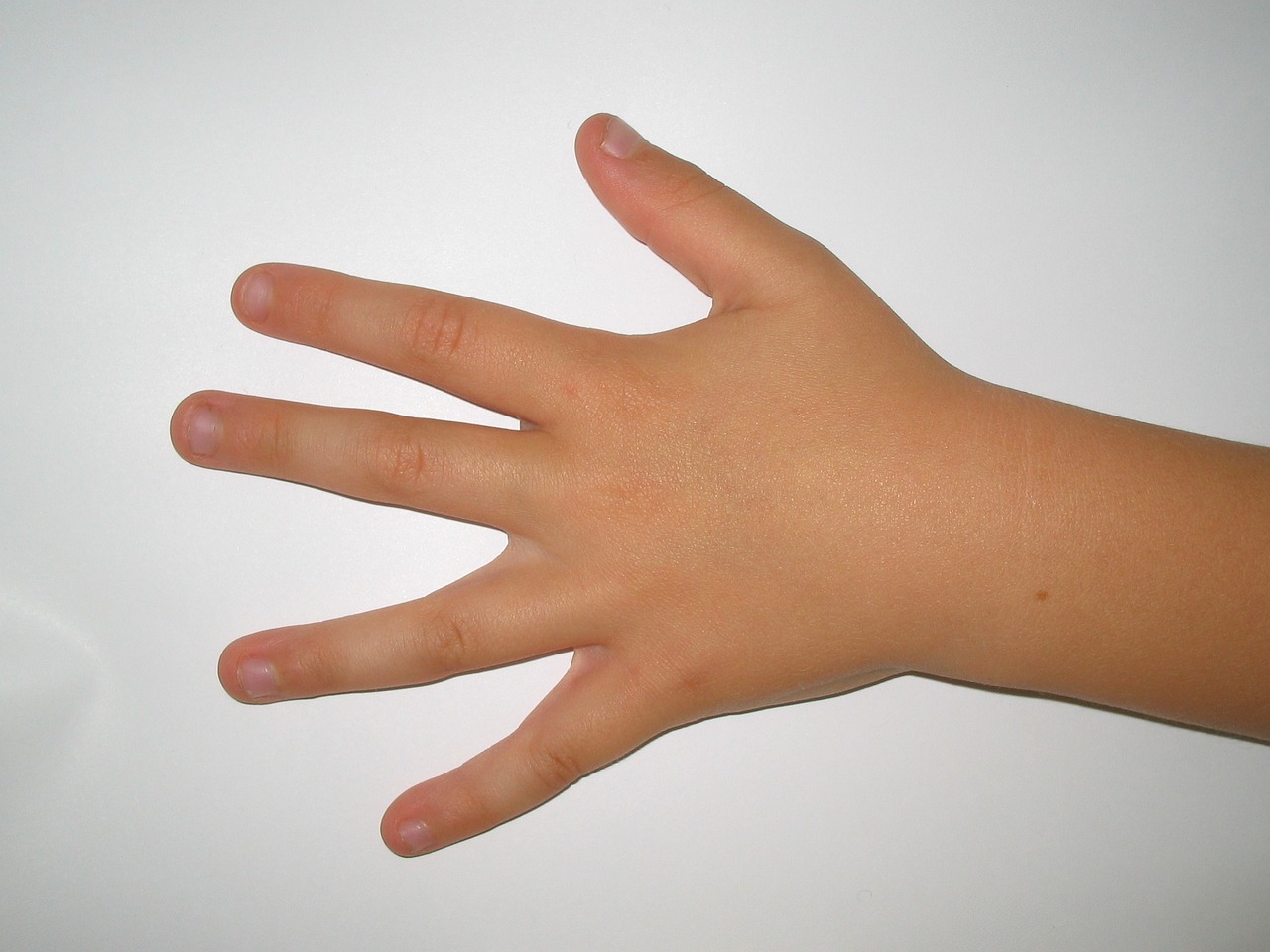Do people usually pay attention to the changes of their hands frequently? Most people may care about whether their fingers are slim and their nails are neat and clean …… These do affect the beauty of our hands, but sometimes they also indicate the arrival of some diseases.
Why is there a link to lung cancer when it is clearly a change in the finger? What is the problem with such an enlarged finger end? Come along today and find out what’s going on.
What is pestle and mortar finger?
The thickening of the tip of the finger is known medically as mortar and pestle finger, which is defined as an enlargement of the finger (toe) in the form of a drumstick or a basal angle of ≥180 degrees between the proximal end of the nail and the soft tissue at the base of the nail. Pestle finger is more common in fingers than toes.
Pestle finger is a metabolic disorder caused by chronic hypoxia, long-term hypoxia, hypoxia makes the end limb capillary dilatation, due to the end of the rich blood flow, soft tissue painless hyperplasia obvious, and ultimately formed limb hypertrophy, the end of the knuckles become thick and swollen, which is the so-called pestle finger.
Why do lung cancer patients have pestle finger?
In lung cancer patients, the mass compresses the airway and blood vessels, and the body is in the state of chronic hypoxia, and pestle finger may appear if it is not treated for a long time.
What are the diseases that pestle finger may indicate?
Pestle finger can be caused by a number of factors, 75-80% by lung disease, 10-15% by cardiovascular disease, and to a lesser extent by other diseases and heredity. The most common clinical causes of pestle finger are the following:
If the pestle finger appears in middle age or above, or if there is a long history of heavy smoking, or if there is a history of lung cancer in the immediate family, accompanied by chest pain, haemoptysis and cough of unknown cause, it is necessary to be highly vigilant against lung cancer, and it is recommended to consult respiratory and thoracic surgeons in a timely manner;
If accompanied by long-term chronic cough, spitting a large amount of purulent sputum, repeated haemoptysis or sputum with blood, it is necessary to be vigilant for lung infectious diseases, such as bronchodilatation, lung abscess, etc., and it is recommended to consult respiratory department;
If pestle finger appears since childhood, accompanied by cyanosis and hypoxia, squatting phenomenon (a kind of forced position, the child walks or plays with legs bent, squatting for a moment and then return to normal walking), it is considered that there may be congenital heart disease, and need to be consulted by the Department of Cardiology and the Department of Cardiothoracic Surgery;
If accompanied by prolonged intermittent fever, splenomegaly, skin haemorrhages, limb embolism in the extremities, we need to be vigilant for infective endocarditis, which is a very serious infection that requires immediate cardiology consultation and hospitalisation;
The presence of pestle finger in digestive diseases is relatively rare, but when combined with viral hepatitis or prolonged heavy drinking, ascites, abdominal varicose veins, and peripheral yellow staining need to be alerted to cirrhosis of the liver.
How can I self-test for the presence of pestle and mortar finger?
Since pestle and mortar finger has so many indications for us, how can we usually self-test for the presence of pestle and mortar finger?
The first method: put the middle fingers of both hands back to back, put the end joints and fingers together, if there is a small diamond-shaped gap at the root of the two fingers, it is normal; if the gap becomes smaller or disappears, it may be pestle finger. If it is accompanied by any of the above mentioned discomforts, prompt medical attention is required.
The second method: the upper angle measurement method, the front of the finger, there is a base angle between the nail surface and the end of the skin, normal people this angle is less than 160 degrees, but pestle finger this angle is often greater than 180 degrees.
What should I do if I find Pestle Finger?
Firstly, we need to be clear about the fact that the presence of Pestle Finger is not the same as a diagnosis. Pestle finger itself is relatively common, and there are many people with pestle finger who are not in discomfort, and a thorough examination does not reveal any associated disease. The presence of a pestle finger may indicate a number of diseases, which need to be examined if necessary.
Clinical treatment of pestle finger is still based on the primary cause of the disease. When you find out that you have pestle finger, you need to consider whether you have any other accompanying discomfort, such as respiratory cough, sputum, haemoptysis, chest tightness, chest pain, cardiac pain in the anterior region of the heart, whether there is any bleeding, and other common symptoms of discomfort, and then consult the relevant departments, complete the necessary examinations, and then carry out the appropriate treatment according to the cause of the disease. The finger itself will not be treated too much for pestle finger.



